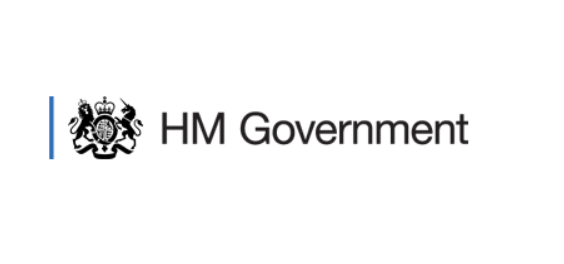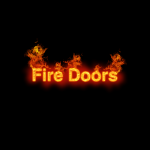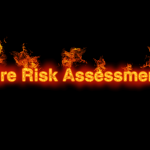The Regulatory Reform Order (Fire Safety) 2005 (RRFSO), which has extended to domestic premises as well as communal areas within multiple occupation homes (HMOs) in Wales and England, charges a “responsible person” with everyone’s safety who is on the premises at all times, whether sleeping, visiting or working there.
The responsible person(s) duties are specified within the RRFSO in articles 8-22, which encompasses the need for taking general fire precautions, undertaking a fire risk assessment, and making the appropriate fire safety arrangements, including the effective planning, control, organisation, review, and monitoring of protective and preventive measures (article 11).
It requires a comprehensive system that includes checking, repairing and maintaining all of the fire safety equipment on a regular and ongoing basis, combined with the appropriate training levels of fire safety for all employees. All maintenance and tests must be recorded since this is a legal requirement of the RRFSO. The responsible person(s) fire safety activities may be audited at any time by the relevant authorities.

It is also advised by HM government guidelines that a plan be created for dealing with emergencies and keeping a record of any findings along with the action that is taken as a consequence which includes training or instructing others within the organisation. It is also critical that a regular review is undertaken of the fire risk assessment since over time a situation might change. For instance, if there are changes in how the premises are being used, or the actual building undergoes any structural modifications, then the fire risk assessment needs to be reviewed.
There are more detailed and specific HM government guides for fire safety risk assessments pertaining to specific kinds of non-domestic premises, such as large, medium, and small places of assembly, sleep accommodation, shops and offices, and advise on the benefits of maintaining a fire safety logbook.
7.1 Fire safety records Keeping up-to-date records of your fire risk assessment can help you effectively manage the fire strategy for your premises and demonstrate how you are complying with fire safety law. Even if you do not have to record the fire risk assessment, it can be helpful to keep a record of any co-operation and exchange of information made between employers and other responsible people for future reference. In larger and more complex premises, it is best to keep a dedicated record of all maintenance of fire-protection equipment and training. In all cases the quality of records may also be regarded as a good indicator of the overall quality of the safety management structure. Your records should be kept in a specified place on the premises (for example, in the management’s office).”
– Fire safety risk assessment: offices and shops
Also, there is guidance on the kinds of fire safety equipment as well as the installation that must be check and maintained on a regular basis and the appropriate test schedules for each, ranging from fire doors, and fire exits through emergency lighting and smoke alarms to hose reels and fire extinguishers. Not all of these will apply to every single building. A comprehensive approach provides useful insight into the different aspect of fire safety that needs to be considered, depending on the occupation, usage, and size of your premises.
Daily checks
- Remove bolts, padlocks and security devices from fire exits,
- ensure that doors on escape routes swing freely and that fire doors close fully and check escape routes to ensure they are clear from obstructions and combustible materials.
- Check the fire alarm panel to ensure the system is active and fully operational.
- Where practicable, visually check that emergency lighting units are in good repair and working.
- Check that all safety signs and notices are legible.
Weekly tests and checks
- Test fire-detection and warning systems and manually-operated warning devices weekly following the manufacturer’s or installer’s instructions.
- Check the batteries of safety torches and that fire extinguishers and hose reels are correctly located and in apparent working order. Fire pumps and standby diesel engines should be tested for 30 minutes each week.
Monthly tests and checks
- Test all emergency lighting systems and safety torches to make sure they have enough charge and illumination according to the manufacturer’s or supplier’s instructions. This should be at an appropriate time when, following the test, they will not be immediately required.
- Check that fire doors are in good working order and closing correctly and that the frames and seals are intact.
Six-monthly tests and checks
- A competent person should test and maintain the fire-detection and warning system.
Annual tests and checks
- The emergency lighting and all fire fighting equipment, fire alarm systems and other installed systems should be tested and maintained by a competent person. Some fire extinguishers can be tested by owner (Britannia P50).
- All structural fire protection and elements of fire compartmentation should be inspected and any remedial action carried out.
Printed logbooks may be purchased or there are free safety logbooks that can be downloaded to ensure that all appropriate issues are addressed in regards to fire safety for your premises. In addition to being a useful tool for recording and monitoring all relevant activities, these logbooks can act as a helpful memoir and record of all of your ongoing checks, repairs, and maintenance on required equipment, along with your review and training procedures.




